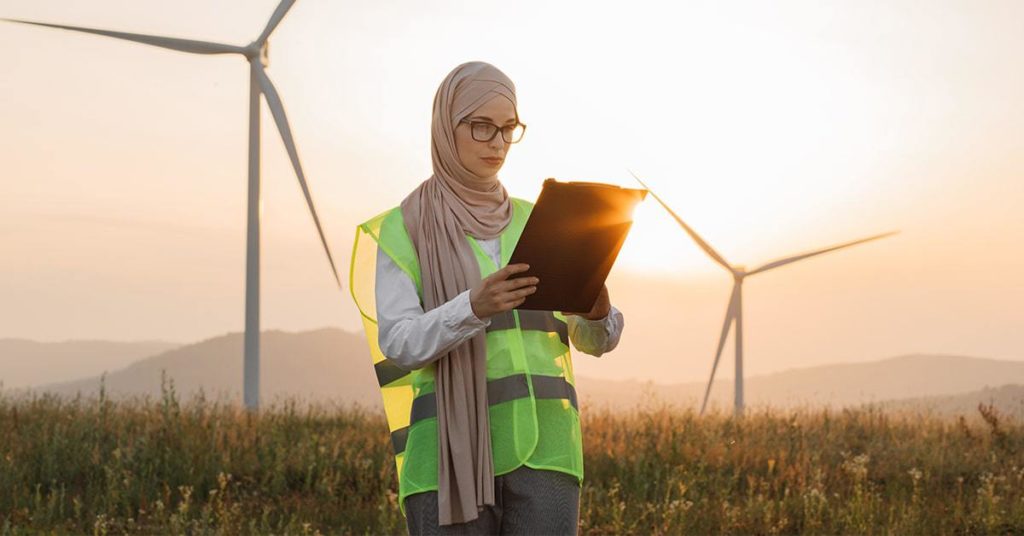The beginning of the century brought us hype with dawning hopes for a new era in clean technologies. But investments showed us some companies reached maturity and others did not survive beyond their peak popularity among investors. Despite experiencing setbacks the clean tech comeback.
Why is Cleantech 2.0 more promising?
1.Clean technologies are becoming cheaper and more affordable. The average price of energy utilities is dropping, which means that solar panels can be an even better investment than before. In ten years’ time we’ll have seen their cost decline by 71% – it’s no wonder total capital invested equals maxim anticipated next year.
The climate tech sector saw an impressive investment performance last year, with funding retreating due to the pandemic. But venture capital funds have returned in recent years as well.
2.Recently, the public agenda has progressed significantly. With the historic Paris agreement, we are closer than ever before to achieving a net zero economy. The commitments for this goal include “Fit For 55,” which will reduce carbon emissions within Europe by over 50% in just 15 years.
The UN climate change conference is coming up and 40 governments have committed to accelerating investments in clean energy. These commitments follow the Breakthrough agenda set out by goals for 2030 such as power, road transport steel hydrogen agriculture.
The agreement was struck at COP21 which includes reaching carbon neutrality or recycling more than ever before – all while maintaining food production levels. These junctions between public and private financing will allow to scale up the new green technologies.
3.The global talent migration to clean energy is one of the most important immediate opportunities in this sector. The renewable energy industry is one of the short-term opportunities with high wages and job prospects. As countries continue to invest in clean power, they will need more skilled workers who can contribute their skills towards developing new technologies for us all.
Promising Cleantech 2.0 technologies
With climate change looming over our heads, the need for clean technologies has never been greater. To make sure that the COP26 agenda becomes a reality, it’s crucial for governments and businesses alike to invest in clean technologies. The necessary investments will allow new technology innovation which was previously thought impossible because of financial constraints or simply lack thereof. It is crucial that investments must be to scale new technologies.
Grid and PV power
The need for new power grids that are sustainable and carbon-efficient has never been more pressing. That’s why Cleantech 2.0 will need investments in grid integration focusing on the following technologies: Long duration storage, Advanced controls software communication, Vehicle to Grid (V2G), Building-to-energy conversion, Next generation nuclear, High efficiency materials.
It’s a big opportunity to expand cleantech startups in those continents which will benefit from the improvement in solar panels and smart grid networks namely Africa, Central and South America.
Clean Industry
Investors are looking for ways to clean up industry processes in potential markets. One of these is the Asian market, which will largely receive funding so it can reduce its carbon emissions and other environmental damage caused by industrialization. Other promising technologies include Green steel; Alternative protein — both lab raised variety plants coming out now but also ones created through genetic engineering techniques; Industrial electrification – a way to reduce waste through recycling components rather than discarding them altogether and etc. The main focus tends to be on activities that are more difficult to undergo decarbonization.
Battery and energy storage
The cleantech sector has been a major player in the energy game for years now, with 48% of last year’s investment coming from this area. But there are still plenty more advancements needed if we want to see true decarbonization happen – like battery tech and long-duration storage solutions. Here are some clean technologies that can help drive savings: Battery control software; Offshore wind grid connectivity; and finally decarbonized transport which is expected to get a massive investments increase.
The built environment
Investments in sustainable buildings can increase fourfold. These are innovation initiatives ready to be funded: Efficient heating and cooling systems, AI reforestation data analysis, Bioengineering. The UAE is a country with consistent investments into eco-friendly construction practices that will for sure accelerate the development of green technology industries across Middle East.
The dawn of a new era is finally upon us. Net-zero is an achievable goal for the next generation. We can do it through Cleantech 2.0, which will promote sustainable energy sources and create jobs in this field.

